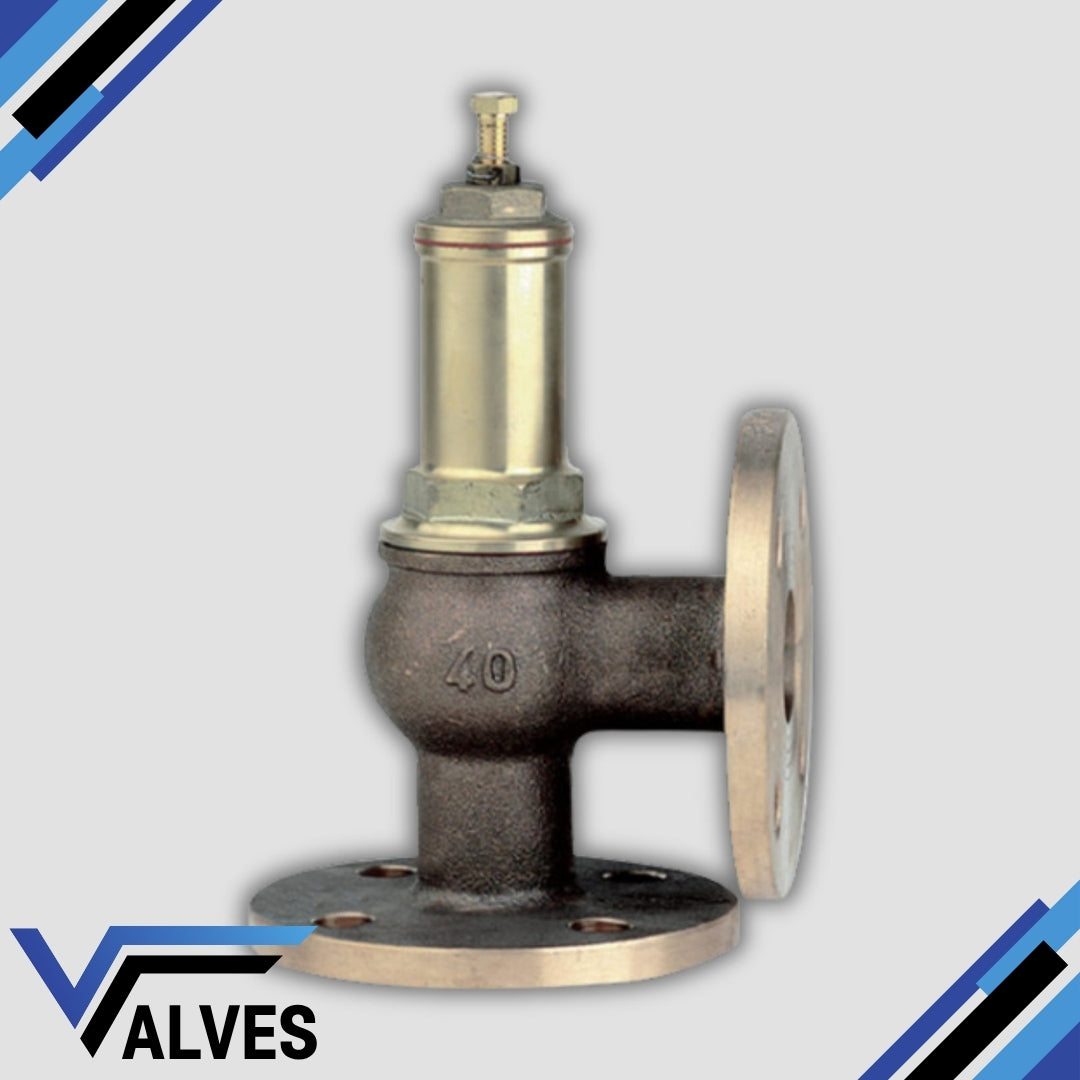Valves UK
Brass/Bronze Angle Pattern Safety Relief Valve – Spring Loaded
Brass/Bronze Angle Pattern Safety Relief Valve – Spring Loaded
Couldn't load pickup availability
This Angle Pattern Safety Relief Valve is designed for efficient overpressure protection in systems where space and flow direction are key considerations. Manufactured from high-quality brass or bronze, this spring-loaded valve features an angled body that allows for easier installation in tight spaces and offers improved discharge flow.
Ideal for use with steam, air, gas, or liquid, this valve combines corrosion resistance with dependable performance. Its compact, right-angle design makes it a preferred choice in boiler systems, pipelines, marine applications, and industrial plant installations.
Key Features:
- Angle pattern body for space-saving installation
- Spring-loaded pressure relief mechanism
- Brass or bronze construction for corrosion resistance
- Suitable for steam, gas, air, and fluid systems
- Commonly used in boiler protection and marine applications
Share

FAQ's
What is the difference between a valve and an actuator?
What types of actuators are available?
The main types of actuators are:
Pneumatic actuators – use compressed air for fast, reliable operation.
Electric actuators – use electrical power for precise control.
Hydraulic actuators – use fluid pressure for high-torque applications.
Each type offers unique advantages depending on the environment, media, and system control needs.
How do I choose the right actuator for my valve?
To select the correct actuator, consider:
Valve type and torque requirement
Power source available (air, electric, or hydraulic)
Operating environment (temperature, humidity, hazardous area)
Control signal type (on/off or modulating)
Matching actuator torque and compatibility with the valve’s ISO mounting ensures reliable performance.
What are the main types of valves used in automation?
The most common valves in automated systems include:
Ball valves – for tight shutoff and quick operation.
Butterfly valves – for larger flow control with compact design.
Globe valves – for precise throttling and flow regulation.
Check valves – to prevent backflow.
Gate valves – for full bore flow isolation.
What’s the difference between a double-acting and spring-return actuator?
Double-acting actuators use air (or power) to both open and close the valve.
Spring-return actuators use air to open (or close) the valve, and a built-in spring to automatically return it to a safe position when power or air is lost — ideal for fail-safe operation.
How often should valves and actuators be serviced?
Regular maintenance intervals depend on operating conditions, but a good rule of thumb is to inspect every 6–12 months.
This includes checking for leaks, lubrication, seal wear, and actuator responsiveness to prevent unexpected downtime.

